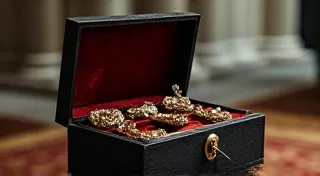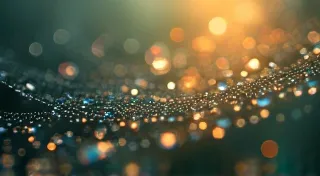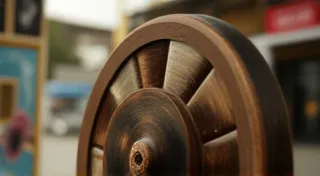The Button's Palette: Unearthing the Secrets of Painted Glass Buttons
There's a quiet magic held within a box of vintage buttons. Not the grand, glittering display of a jeweler’s case, but the unassuming charm of a well-loved collection, accumulated over years, each tiny disc a miniature portal to a bygone era. For me, the most captivating of these are the painted glass buttons – vibrant, fragile echoes of a time when craftsmanship and artistry were interwoven into the simplest of everyday objects. Holding one, feeling its cool smoothness, is like holding a whisper from the past.
These aren't merely fasteners; they are tiny artworks, testaments to the ingenuity and skill of generations past. They represent a fascinating intersection of industrial innovation and artistic expression – a confluence that, sadly, often proved fleeting in its brilliance.
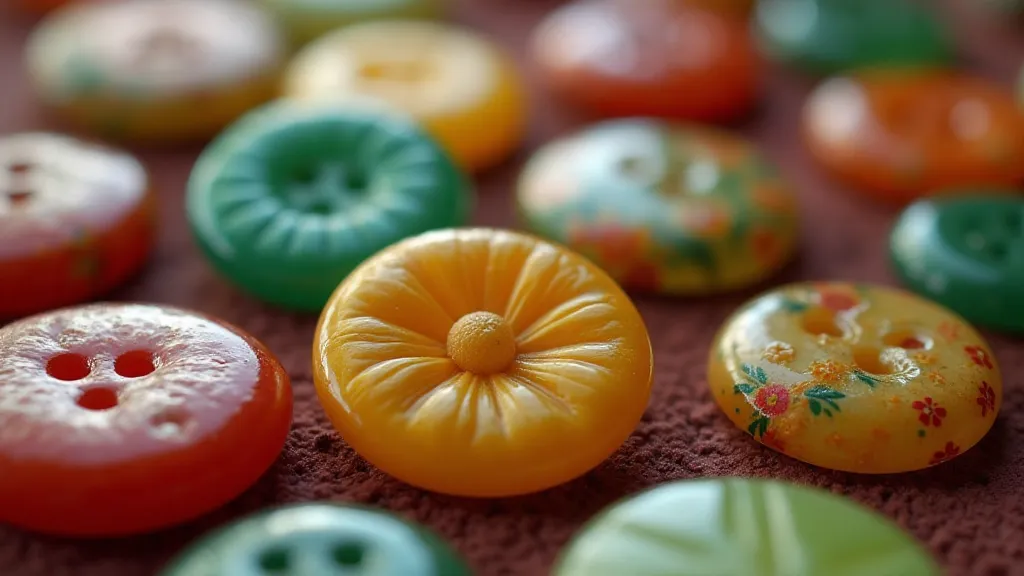
The Rise of Painted Glass
The story of painted glass buttons begins in the mid-19th century, a period of rapid industrial expansion. Mass production of glass was becoming a reality, providing a readily available and relatively inexpensive base material. Prior to this, buttons were primarily made from materials like bone, horn, or precious metals, making them luxuries for the affluent. The burgeoning middle class suddenly had access to something that, while not extravagant, could still add a touch of personality and style to their clothing. The introduction of painted glass buttons was a game changer.
Early processes were laborious. Skilled artisans, often women working in factories, meticulously hand-painted designs onto the glass discs. These weren't just simple coats of color; they were intricate patterns, detailed floral arrangements, and even miniature portraits. The vibrant hues – ruby reds, sapphire blues, and sunflower yellows – were achieved through a complex mixture of pigments and enamel compounds. Understanding the chemistry behind these colors is key to appreciating their beauty and fragility.
The Pigments and the Process
The pigments themselves were derived from a range of sources. Iron oxides contributed to browns and yellows. Cobalt provided the blues, while copper was used to create greens and reds. The challenge, however, lay not just in obtaining these materials, but in ensuring their stability. Many early pigments were notoriously unstable, prone to fading or discoloration when exposed to light, moisture, or even slight changes in temperature.
The application of the paint was a delicate art. The pigment was mixed with an enamel medium, creating a viscous paint that could be applied to the glass surface using fine brushes or even stencils. After painting, the buttons were fired in kilns, a process that permanently bonded the pigment to the glass. But even this firing process, crucial for durability, was susceptible to variations – a slight miscalculation in temperature could result in a patchy finish or, worse, a complete loss of color. This explains why finding perfectly uniform, flawlessly colored painted glass buttons is so rare, and so treasured.
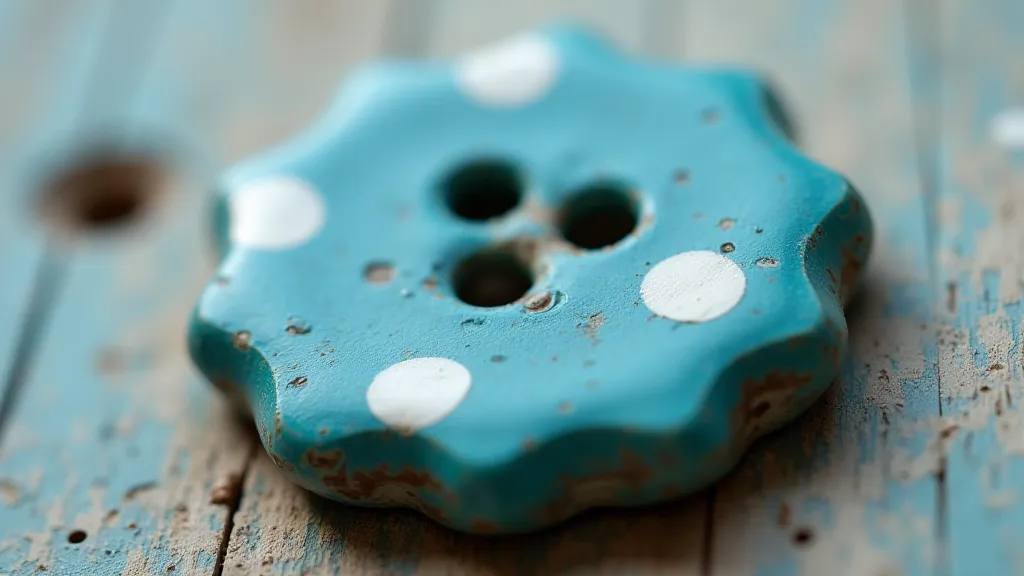
The Fleeting Quality of Color
This is where the melancholy beauty of painted glass buttons truly resides – in their inherent fragility. Many of the early pigments, particularly the brilliant reds and yellows, proved to be incredibly unstable. Over time, exposure to light and air caused them to fade, crack, or simply disappear altogether. What was once a dazzling crimson might now be a pale ghost of its former glory, a whisper of what it once was.
This fading isn’t necessarily a defect; it’s a record of time, a visual testament to the button's journey through decades. Collectors often seek out buttons with this “patina,” recognizing it as a mark of authenticity and a sign of a button that has truly lived a life. However, it also means that restoring these buttons is a complex and often perilous undertaking. Attempts to re-fire them can easily damage the existing paint, and any aggressive cleaning can strip away layers of delicate enamel.
Collecting and Appreciation
Collecting vintage painted glass buttons isn’t just about acquiring beautiful objects; it’s about preserving a piece of history, appreciating the ingenuity of past generations, and understanding the delicate balance between artistry and industrial production. It’s about recognizing that true beauty isn’t always about perfection – sometimes, it’s found in the imperfections, in the subtle cracks and faded colors that tell a story.
When examining a painted glass button, take a moment to consider the hands that created it, the conditions in which it was made, and the journey it has taken to reach you. Look beyond the mere aesthetic appeal and appreciate the craftsmanship, the artistry, and the ephemeral nature of its beauty. A button isn't just a fastener; it's a tangible link to the past, a miniature masterpiece waiting to be rediscovered.
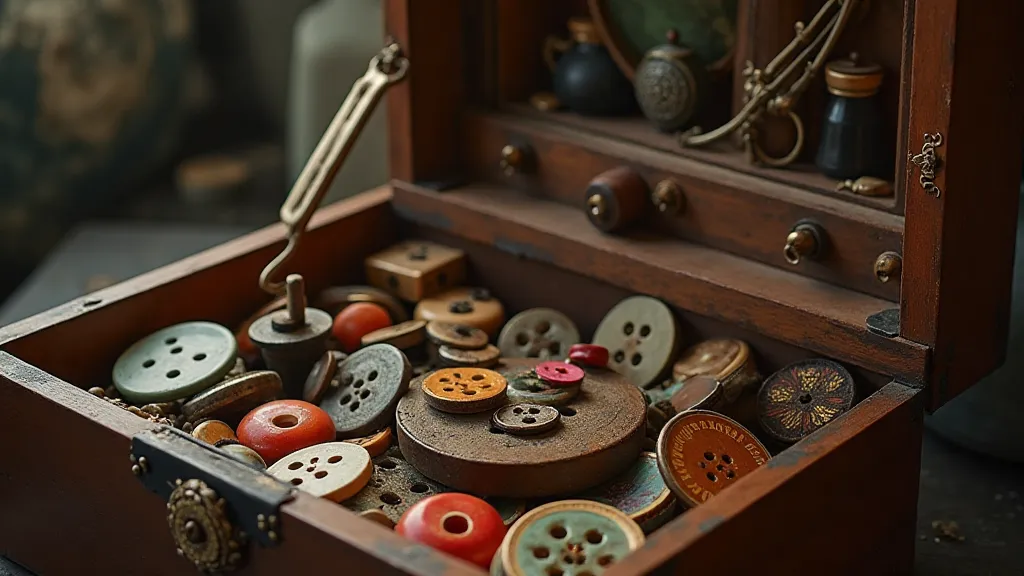
The enduring fascination with these tiny treasures speaks to our innate desire to connect with the past, to find beauty in unexpected places, and to celebrate the enduring legacy of human creativity. The button’s palette, though often faded, continues to whisper its secrets to those willing to listen.

